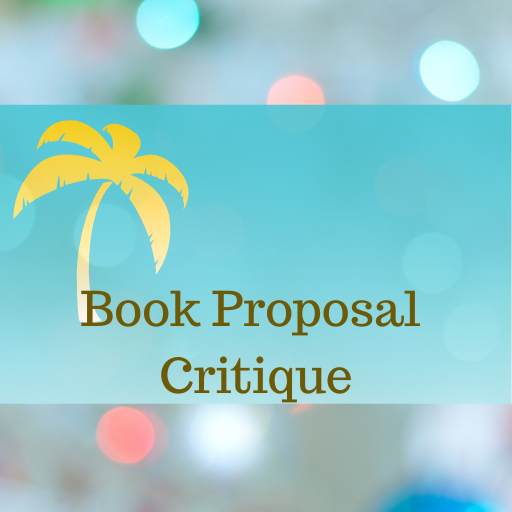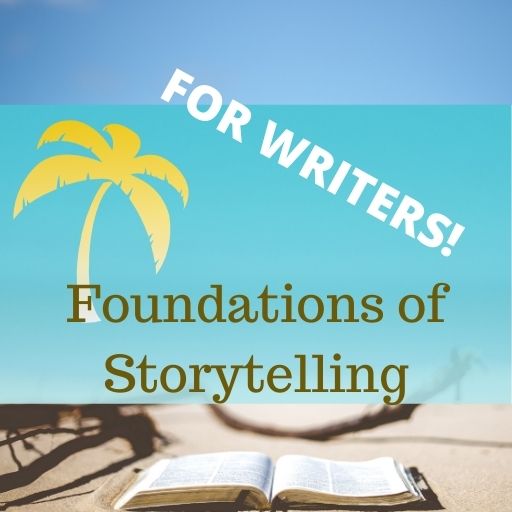Creating a compelling conflict
Often people who want to write a story start with a character or a general situation in mind: “A female superhero with a lasso of truth!” “Terrorists take the president hostage!”
And these are certainly perfectly good places to start. But it’s hard to create much narrative drive from situations and characters.
Look at those two examples. What happens next? Who cares?
What often happens is an author gets stalled after a few pages of showing, say, how Wonder Woman comes to have her lasso of truth or how the terrorists storm the White House.
Then what? Or they begin to put together an outline that blocks out a few scenes and then their ideas peter out.
Defining the central conflict
Before drafting or outlining it helps to have an idea of the central conflict that drives the narrative. This is usually described from the protagonist’s point-of-view and is abbreviated GMC—goal, motivation, conflict.
What is Wonder Woman’s goal for the story? Maybe it’s to stop a spy from stealing government secrets. What’s her motivation for doing that? Here, a lot of writers get hung up on generic attributes: “Well, because she’s a good person” or “because that’s what a superhero would do.” Or even, “Because she’s the only one who can.”
But it helps if you can create a specific peril that will result, such as “because confidential informants in Russia will die if she doesn’t.” Or it could be more personal: “Because her lover is a confidential informant who will die if she doesn’t.”
Finally, how does this goal give rise to conflict? In this case it creates conflict because Wonder Woman wants to stop the spy and the spy wants to succeed.
Giving the bad guy an agenda
But the conflict will be more powerful if you can also imagine the villain’s/antagonist’s perspective. The spy’s goal is (obviously) to steal the secrets, but what is their motivation? Often writers just skim over this (“because that’s what bad guys do”).
But if the spy also has something at risk, that will make them a more formidable opponent. “I’m stealing secrets because it’s my job,” is one thing but it’s not very strong, as motivations go. If the risks get too great, the spy can quit their job or find some way out of it.
But if the spy’s boss threatens to kill the spy’s family if the confidential informants aren’t revealed, then the spy has a reason for trying everything in their power to succeed, including trying to kill Wonder Woman.
Putting conflict into action
Let’s try it with the scenario about the terrorists and the president. Here, the situation is stated but we don’t know who the protagonist is. So, that needs to be explored first. Will the protagonist be the president? A member of the Secret Service security detail? A hostage negotiator? One of the terrorists? It may be worth writing a scene or two from each perspective to get a sense of which has more power to you in this situation.
Suppose the president is the protagonist. In this case, he’s responding to a plot event so his goal is reactive: once he has been taken hostage his goal will first be to survive and second to escape.
His motivations are obvious: he likes freedom and life. These are fundamental human drives and make excellent motivations that readers can readily identify with. So, wanting to get free brings him into conflict with the terrorists who, obviously, don’t want him to get free.
Here, the terrorist’s motivations should probably help drive the plot. If they just want to cause terror, then they will likely do something like shoot the president immediately. What better way to frighten the citizenry?
Or, because you (probably) don’t want the protagonist dead on page two, maybe they show him being tortured as a way to sow fear and division.
Maybe they don’t want anything except to create this fear. But the story will probably have more drive if the terrorists do want something: “We’re mean for the sake of being mean” becomes a very one-note conflict.
Suppose they want to convince the president to sign, say, an agreement to allow logging in a national park. Maybe they treat him perfectly well and just want him to understand that people are losing their livelihoods.
But maybe the president firmly believes in not negotiating with terrorists, so then they have to up the stakes. Or suppose they want to trade the president for one of the members of their group who is in jail. Maybe that person is a mass murderer, an evil mastermind who will probably kill hundreds if not thousands more if he’s released.
Now the president might have a different goal. Maybe he decides he must kill himself so that no one will be tempted to free the murderer.
You can see that some of these conflicts suggest more possibilities than others. And this exploration might help you see that a more compelling situation might be to have the president’s daughter kidnapped in order to put pressure on the president, which gives you more room to show the terrible decision the president has to make.
Whichever direction you end up going, spending a little time working out the conflict before you get too far along can prevent a lot of false starts and dead ends.
Join the Club!
New to story editing? Begin at the beginning.



